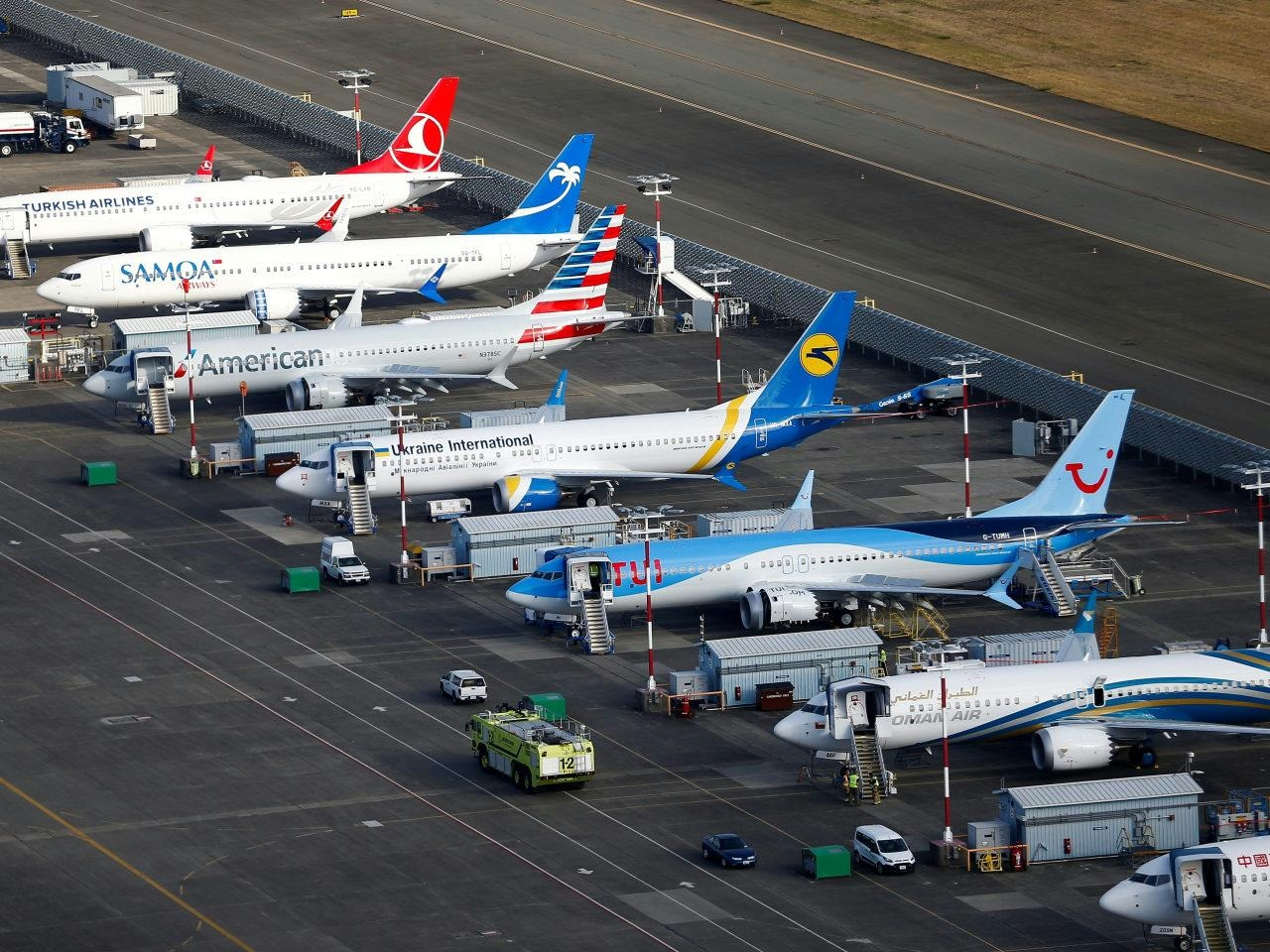
AeroGenie – Ihr intelligenter Copilot.
Trends
Categories
Nigeria Reviews Certification of China's COMAC C919 for Domestic Airlines
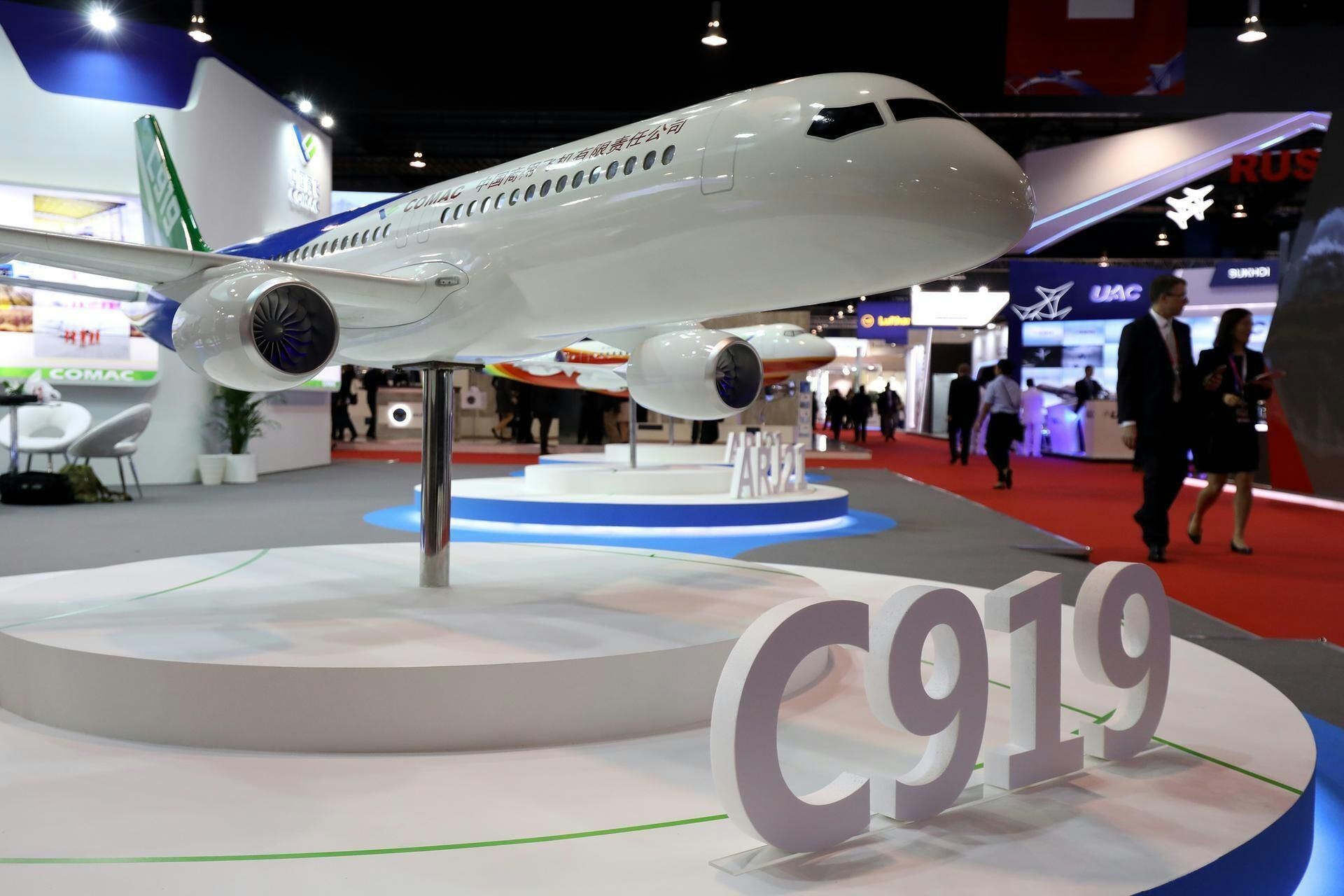
Nigeria Reviews Certification of China’s COMAC C919 for Domestic Airlines
Nigeria’s Civil Aviation Authority (NCAA) is currently evaluating the certification process for the COMAC C919, China’s latest single-aisle jet designed to compete with established models from Airbus and Boeing. This review marks a significant step toward potentially introducing the Chinese-manufactured aircraft into the African aviation market.
Certification Challenges and Regulatory Landscape
During the International Civil Aviation Organization (ICAO) assembly in Montreal, NCAA Director General Capt. Chris Ona Najomo confirmed Nigeria’s interest in the C919, emphasizing that the certification process is the essential first step. However, the path to certification remains complex. The C919 has yet to secure validation from major Western regulatory bodies such as the U.S. Federal Aviation Administration (FAA) and the European Union Aviation Safety Agency (EASA), which presents a considerable obstacle to its broader international acceptance. Najomo indicated that Nigeria’s certification process could extend over several months, reflecting the rigorous regulatory scrutiny involved.
To facilitate adoption, the Commercial Aircraft Corporation of China (COMAC) has proposed a support package for Nigerian airlines that includes maintenance services and training programs. The manufacturer is also considering dry lease arrangements—leasing aircraft without crew—to enhance accessibility for local carriers. Introducing a new aircraft type into Nigeria’s aviation infrastructure will require overcoming logistical challenges, including the establishment of maintenance facilities and the training of technical personnel.
Market Interest and Competitive Implications
Interest in the C919 among Nigerian airlines appears to be growing. Abdullahi Ahmed, CEO of local carrier NG Eagle, expressed willingness to incorporate COMAC aircraft into his fleet, contingent upon successful certification and the availability of comprehensive support. “If they obtain certification and offer robust maintenance and training, we would consider expanding our fleet with COMAC planes,” Ahmed stated.
Nigeria’s aviation sector is attracting increased attention from aircraft lessors, supported by the country’s improved rating under the Cape Town Convention, which facilitates the financing and leasing of aircraft. According to Najomo, this development enables Nigeria’s 13 airlines to access more modern jets through leasing arrangements. Despite ongoing concerns about high air travel costs for some Nigerians, data from the International Air Transport Association (IATA) reveals that average real airfares in Nigeria declined by 43.6% between 2011 and 2023, underscoring the market’s significant growth potential.
The potential introduction of the C919 is likely to intensify competition within Nigeria’s aviation market. Established manufacturers such as Airbus and Boeing may increase their marketing efforts, highlighting their proven reliability and delivery track records to maintain market share. Meanwhile, COMAC’s entry could strengthen China’s footprint in Africa’s aviation sector, provided it successfully navigates regulatory and operational challenges.
As Nigeria deliberates the certification of the COMAC C919, the decision could have far-reaching implications for the country’s aviation industry and influence broader market dynamics across the African continent.
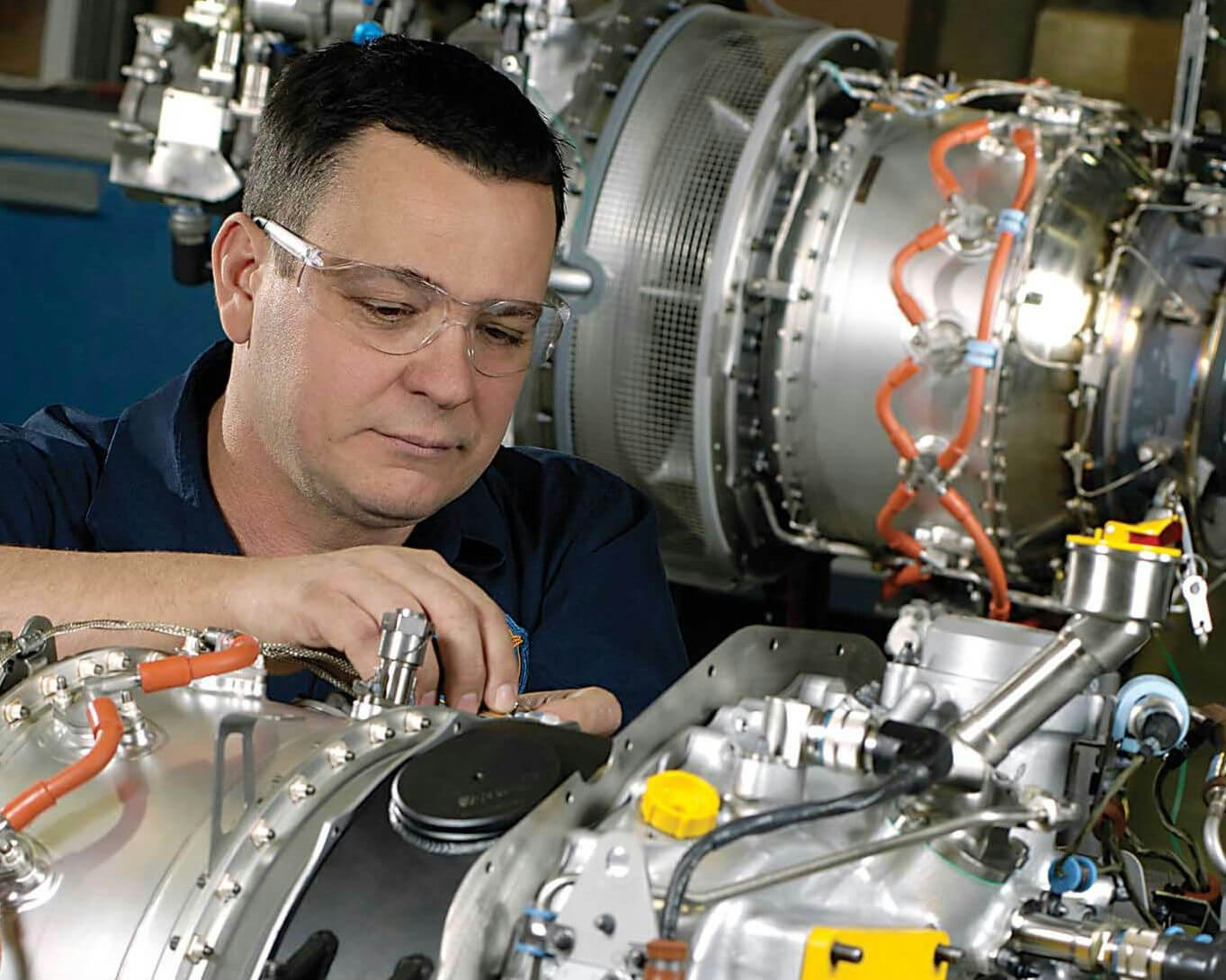
Pratt & Whitney Opens European Center Focused on Sustainable Propulsion
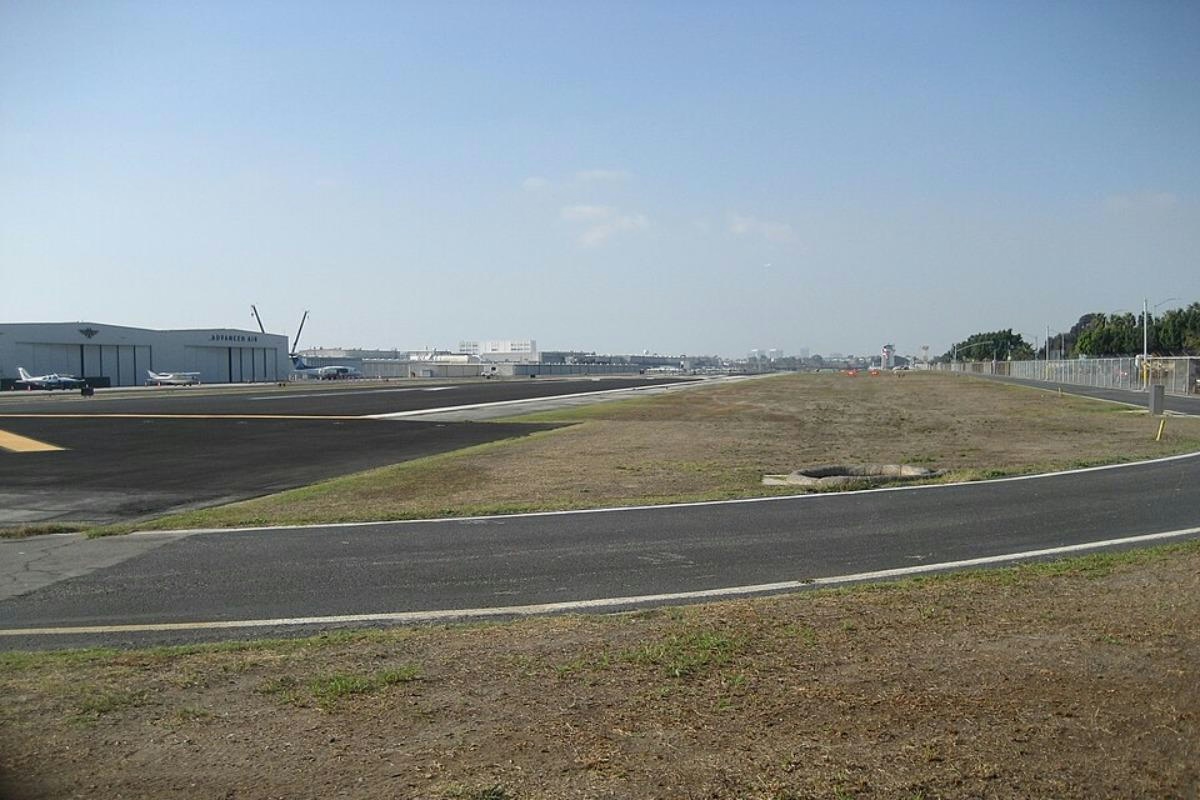
Archer Aviation Acquires Hawthorne Airport for $126 Million
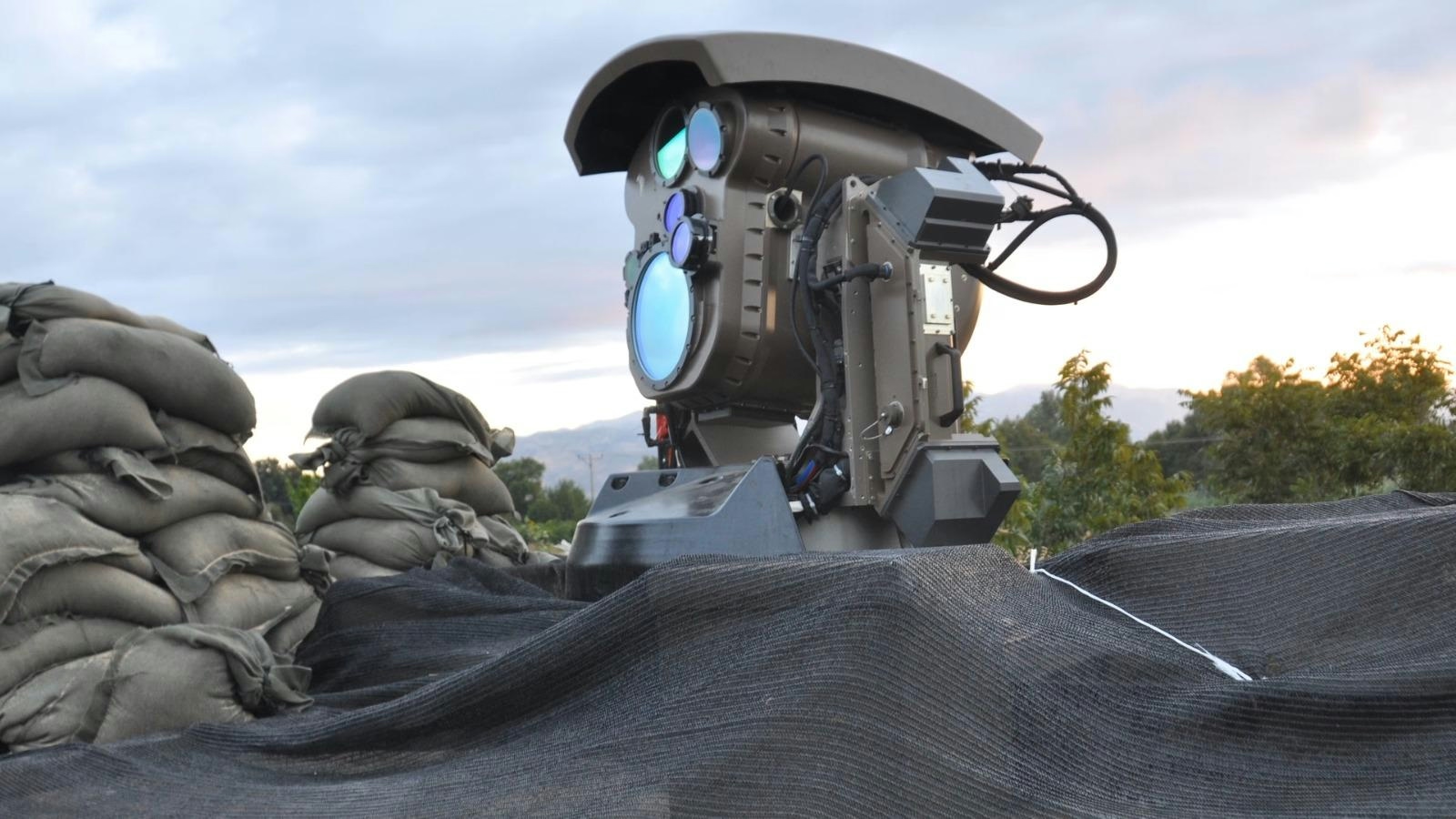
Israel’s Iron Beam Laser System Receives 2026 Aviation Week Laureate Award
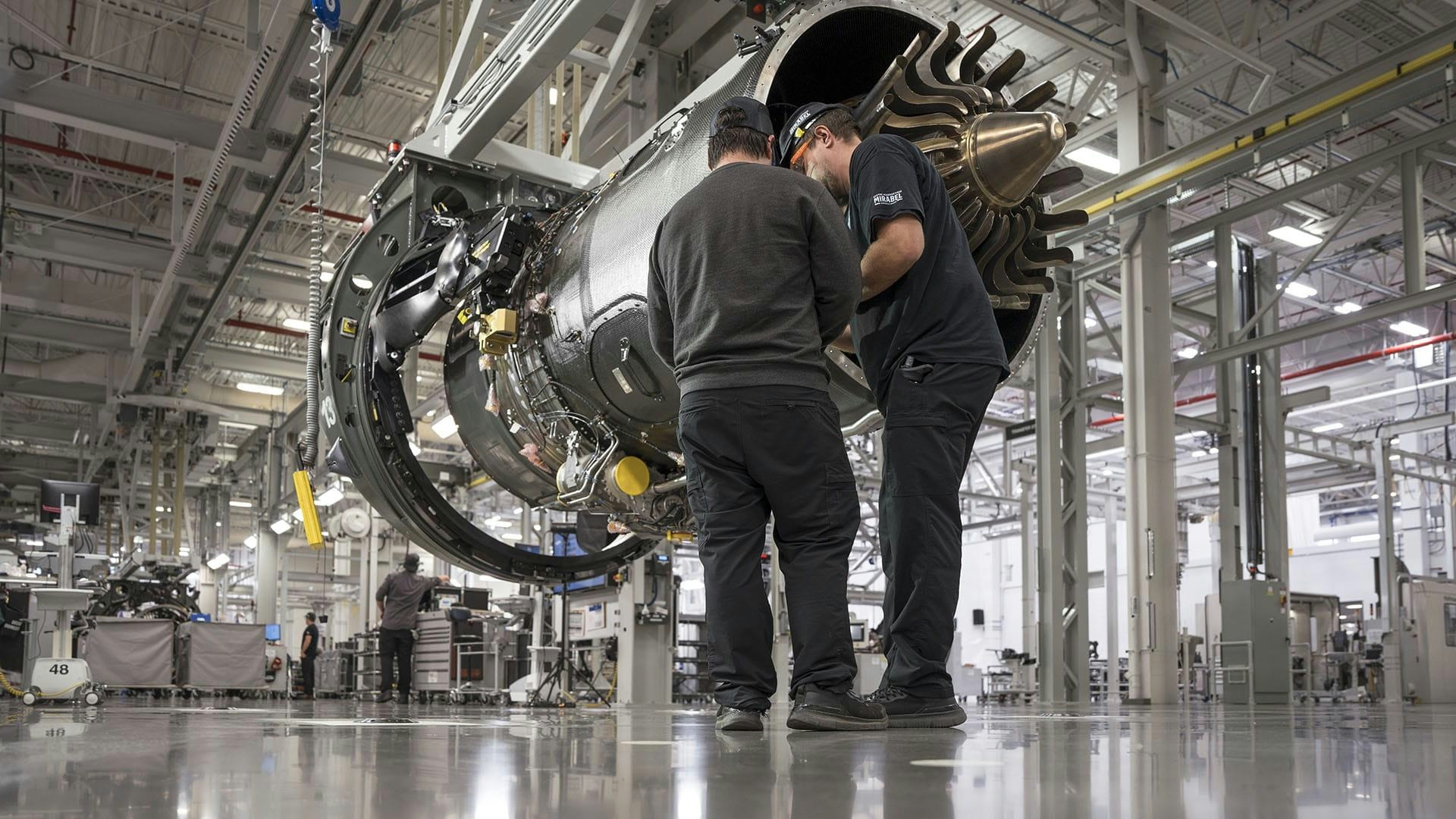
IAE Commits to GTF Engines for Future Narrowbody Aircraft
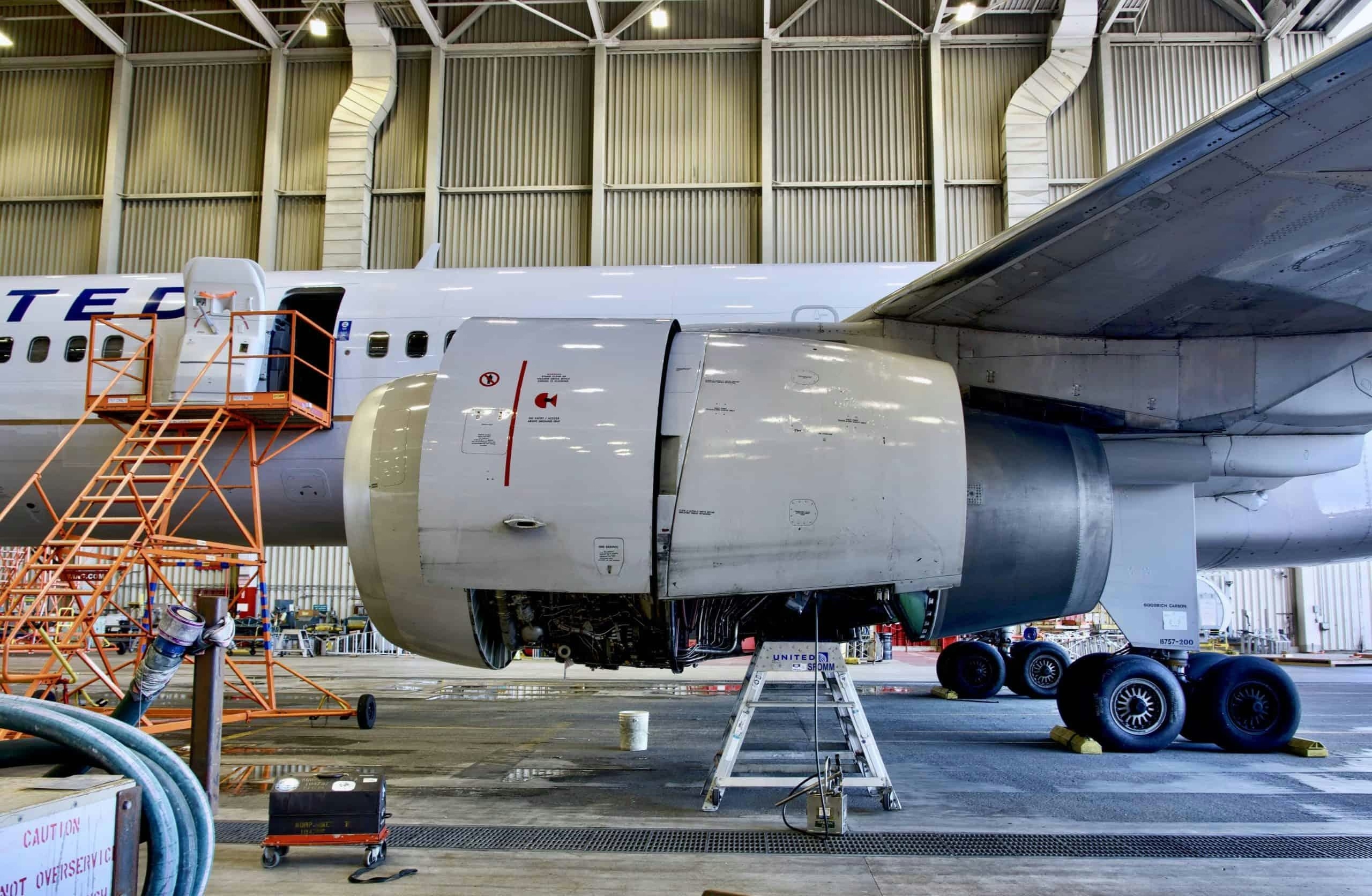
Why United Airlines Continues to Operate Its Aging Boeing 757s
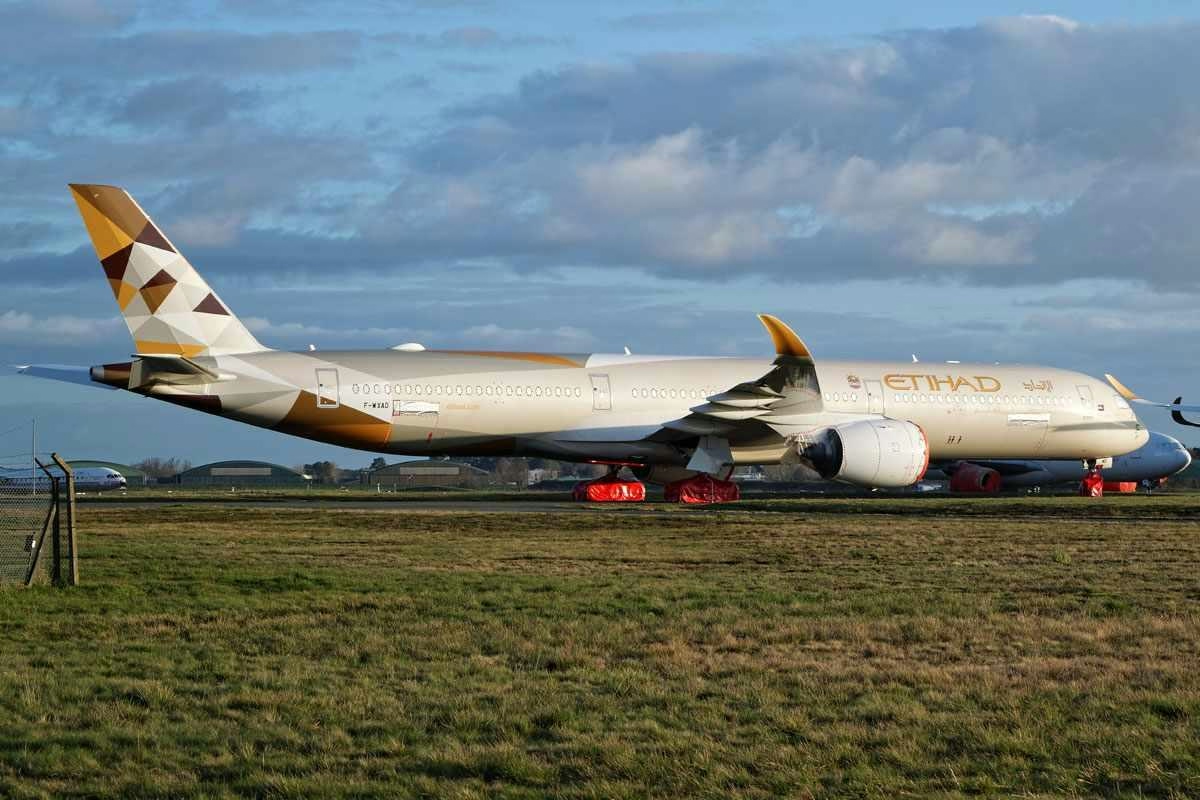
Etihad Considers Additional Airbus A350 and A330neo Orders

UAE Launches Hili, Its First Hybrid Cargo Plane
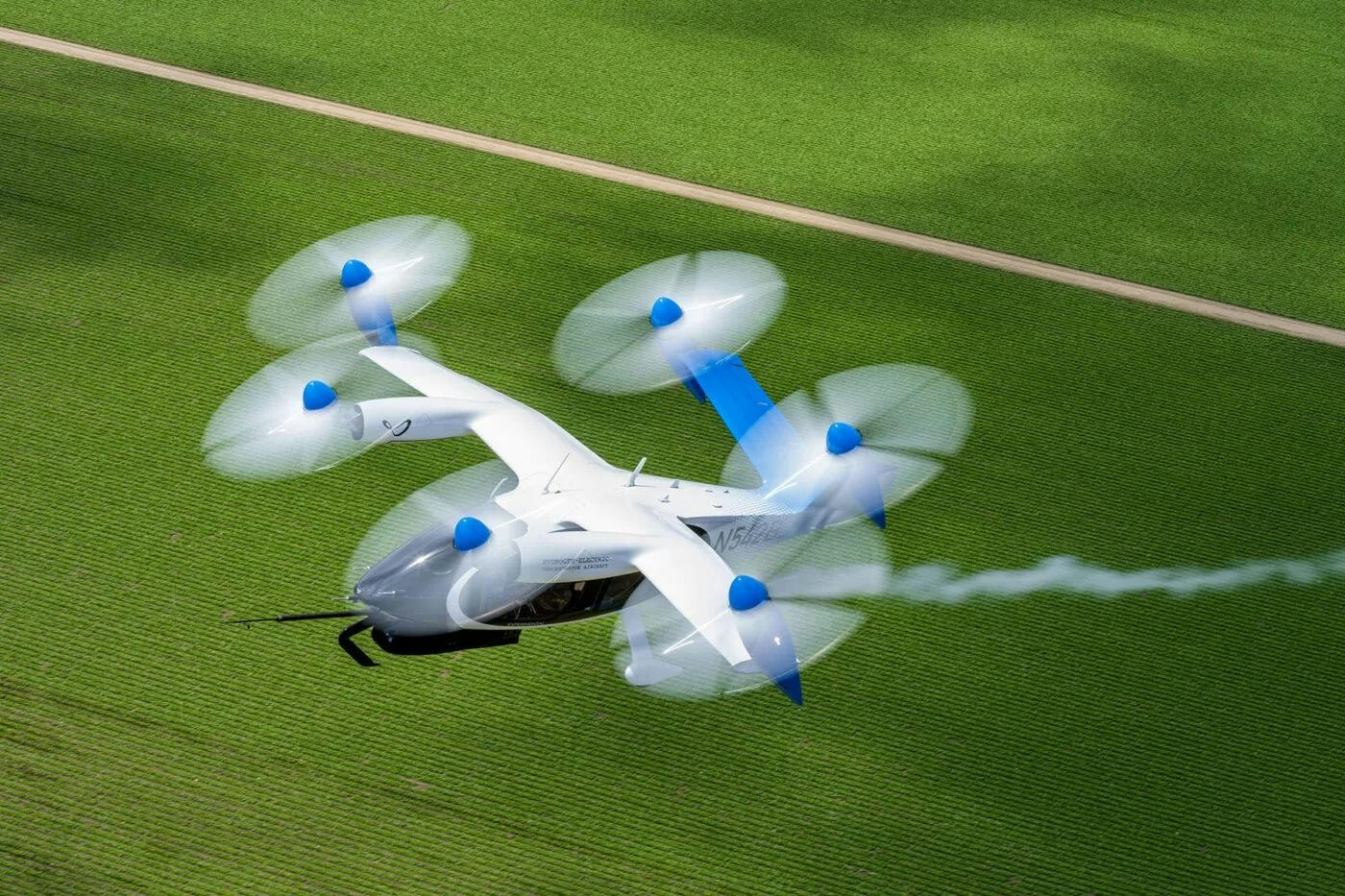
Joby Completes First Flight of Turbine-Electric Demonstrator Aircraft

Lufthansa Technik Introduces New 'Nice Intellitable' System
